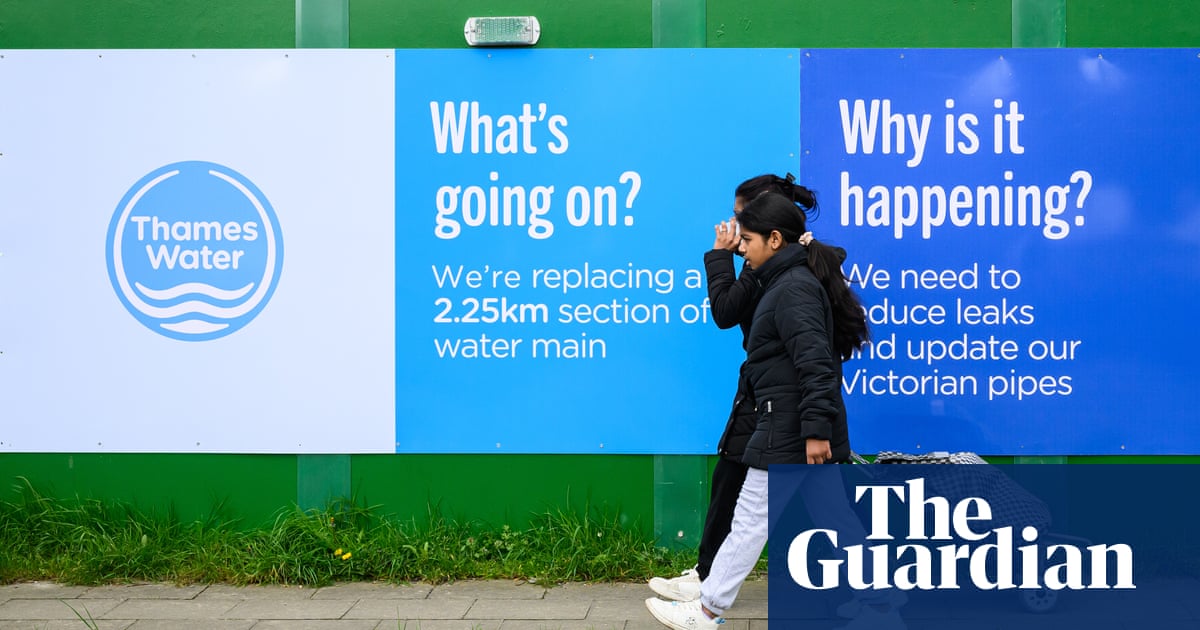
The unspoken rationale underlying British immigration policy since the second world war has always been about race. A new leaked Home Office document, which was never intended to be seen by the public, spells this out. The report, which was commissioned by the Home Office in the wake of the Windrush scandal, was leaked to the Guardian after repeated attempts by the government to suppress its publication. It has a stark conclusion: that the origins of the “deep-rooted racism of the Windrush scandal” lie in the fact that “during the period 1950-1981, every single piece of immigration or citizenship legislation was designed at least in part to reduce the number of people with black or brown skin who were permitted to live and work in the UK”.
This was true whichever political party was in power. Who can forget the red mug marketed by the Labour party in 2015 emblazoned with the words “Controls on immigration”? The problem was not the mug, but the fact that cracking down on immigration was one of our election promises at all.
It was the 1962 Commonwealth Immigrants Act that for the first time brought restrictions on the entry of Commonwealth citizens into the UK. Before this, there had been freedom of movement for all citizens of the United Kingdom and its colonies. Postwar Britain was suffering a labour shortage and so by the late 1940s, employers were recruiting directly from the Commonwealth. For instance the London Transport executive had recruitment drives in Barbados, Trinidad and Jamaica.
But there were already murmurings of disapproval even then. The day the Windrush docked in Tilbury, Essex in 1948, 11 Labour MPs sent a letter to the prime minister, Clement Attlee, asking for controls on immigration, stating that the British people “are blest with the absence of a colour racial problem. An influx of coloured people domiciled here is likely to impair the harmony, strength and cohesion of our public and social life and to cause discord and unhappiness among all concerned.”
In 1949, the Royal Commission on Population reported that “immigrants of good stock would be welcomed without reserve”. “Good stock” in this context might be assumed to mean white. In 1956, a ministerial committee was set up to investigate colonial migration – and whether it should be curbed. It argued that: “The principle that the United Kingdom should maintain an open door for British subjects grew up tacitly at a time when the coloured races of the Commonwealth were at a more primitive stage of development than now. There was no danger then of a coloured invasion of this country … In the meantime circumstances have changed …” The report continues: “We clearly cannot undertake to absorb … all the coloured immigrants who may wish to come here.”
With their fear of a “coloured invasion”, these MPs were foreshadowing what Margaret Thatcher would say more than 20 years later, when she referred to Britain being “swamped” by migrants. Pertinently, that 1956 report also said: “There is no doubt that even though a bill would in form be non-discriminatory, it would nevertheless be clear against whom the bill was really directed.”
In the decades to come, those of us campaigning against racist immigration legislation were never in any doubt against whom it was really directed. When that first Commonwealth immigrants bill made it to the House of Commons, in response to the increasing anti-immigrant clamour, the home secretary of the day, Rab Butler, nearly gave the game away in the debate on the legislation, saying in the Commons that the legislation would not be based “on colour prejudice alone”. In theory at least, it was not supposed to be based on colour prejudice at all. But that 1962 act put an end to freedom of movement, limited the immigration of Commonwealth passport holders and for the first time made the distinction between skilled and unskilled labour.
The Labour party opposed the legislation and promised to repeal it. But the small number of Labour MPs who actually voted against the bill in parliament suggested that that they were not as enthusiastically against it as they might have been. And the next Labour government did nothing to repeal it. Instead, it brought in another Commonwealth Immigration Act in 1968, rushed through parliament in just three days by the home secretary, Jim Callaghan, in response to media hysteria about the possibility of 200,000 Kenyan Asians with British passports coming to the UK as they fled Kenya’s Africanisation policy.
There must have been some concern in government that they did not want the legislation to look as crudely racist as it was. So they invented the concept of “patrials” – someone who had a parent or grandparent who was born in, or was a citizen of the UK. Nobody, however, was in any doubt that “patrial” was a euphemism for white.
By 1971, the Tories were in power and another immigration act brought in that year elaborated on the (completely bogus) legal concept of “patrials”, clamped down further on Commonwealth immigration and extended powers of deportation. It did allow Commonwealth migrants who had come to Britain before 1973 to remain in the UK indefinitely. But, crucially, it put the onus on those who had come to Britain to prove their right to stay. It was that requirement that had such catastrophic consequences for the Windrush generation whose cases were eventually brought to light in 2018.
Secret cabinet minutes of the time reveal that ministers knew that the decision to exempt “old” Commonwealth countries such as New Zealand and Australia from immigration controls would be criticised as being discriminatory in favour of the white Commonwealth. But the home secretary, Reginald Maudling, argued that it was “necessary and defensible” to curb Asian migration. The 1981 Nationality Act, the most fateful of the decade, would reverse an age-old convention that anyone born on British soil was British. Birth in Britain was no longer an automatic entitlement to citizenship.
From the 1970s onwards, Britain’s immigrant communities began to organise and campaign. One of the earliest cases was Rochdale housewife Anwar Ditta. Britain’s convoluted and increasingly draconian immigration laws meant she could not bring her three children over from Pakistan. She was not the first immigrant to suffer because of the rules, but she was the first to build a rainbow coalition of support. With no experience, she campaigned from 1976 to 1981 and won the right to bring her children to Britain.
This was one of a series of campaigns opposing Britain’s degrading practices meted out to immigrants such as “virginity tests”. Some of us would spend the coming decades writing about and marching against these rules, even when it meant campaigning against our own Labour government.
But what has the government learned? Look to recent events and you will see: very little. Consider now Tony Sewell’s tawdry and superficial report from the Commission on Race and Ethnic Disparities, released last year as an official attempt to mollify and neutralise antiracist campaigns.
The first step towards a fair immigration system would be for politicians of both main parties to admit that institutional racism exists. It is no good uttering platitudes about good race relations, when generations of black and brown people have experienced the brutality and dehumanising reality of the immigration system.
The system is calibrated for racism. It always was. We know it, and now we know that, behind closed doors, Priti Patel’s Home Office knows it. The dirty secret is no longer secret.
Diane Abbott is Labour MP for Hackney North and Stoke Newington












